Cyanoacrylate is a type of adhesive that is known for its strong bonding properties. This powerful adhesive is used in a variety of applications, from household repairs to medical procedures. In this article, we'll explore the science behind cyanoacrylate and how it creates such strong bonds between materials.
What is cyanoacrylate and how does it work
Cyanoacrylate is a type of fast-acting adhesive that is commonly known as super glue. It works by reacting with moisture in the air to create a strong bond between materials. When cyanoacrylate comes into contact with moisture, it undergoes a process called anionic polymerization, which causes it to harden and form a strong bond. This process happens very quickly, which is why cyanoacrylate is such a popular adhesive for quick repairs and emergency situations.
The chemical reaction behind cyanoacrylate bonding
The chemical reaction that occurs when cyanoacrylate bonds materials together is called anionic polymerization. This process involves the cyanoacrylate molecule reacting with the hydroxyl ions found in water molecules. The reaction causes the cyanoacrylate molecule to form long chains, which then cross-link with other chains to create a strong bond. The reaction happens very quickly, which is why cyanoacrylate is such a fast-acting adhesive. It’s important to note that cyanoacrylate should be used with caution, as it can bond skin and other materials together if not handled properly.
Factors that affect cyanoacrylate bonding strength
While cyanoacrylate is known for its strong bonding capabilities, there are several factors that can affect its strength. One of the most important factors is the type of material being bonded. Cyanoacrylate works best on non-porous materials like metal, plastic, and glass. Porous materials like wood and fabric may not bond as strongly. The temperature and humidity of the environment can also impact bonding strength, as can the amount of cyanoacrylate applied. It’s important to follow the manufacturer’s instructions carefully to ensure the strongest bond possible.
Applications of cyanoacrylate in various industries
Cyanoacrylate has a wide range of applications in various industries. In the medical field, it is used as a surgical adhesive to close wounds and incisions. It is also used in dentistry to bond dental restorations and in orthopedics to fix fractures. In the electronics industry, it is used to bond components and in the automotive industry, it is used to bond parts and seal leaks. Cyanoacrylate is also commonly used in the woodworking and crafting industries for its fast-drying and strong bonding properties.
Safety precautions when using cyanoacrylate
While cyanoacrylate is a powerful adhesive, it is important to take safety precautions when using it. It is recommended to wear gloves and eye protection to avoid skin and eye contact. Cyanoacrylate can also release fumes that can irritate the respiratory system, so it is important to use it in a well-ventilated area. In case of skin contact, use acetone or Loctite SF 768 to dissolve the adhesive. If it gets in your eyes, flush with water for at least 15 minutes and seek medical attention.

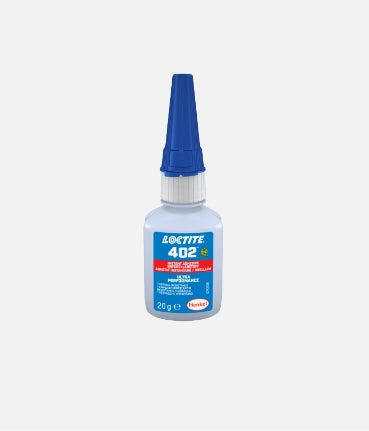
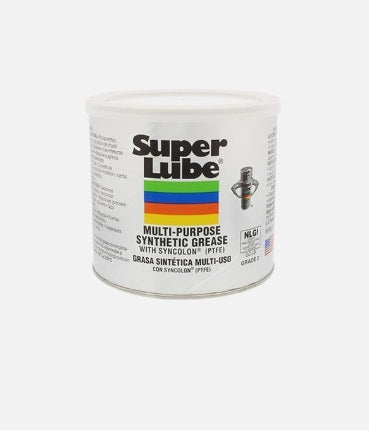
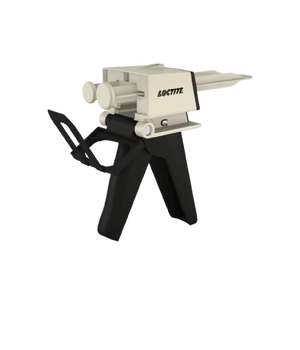
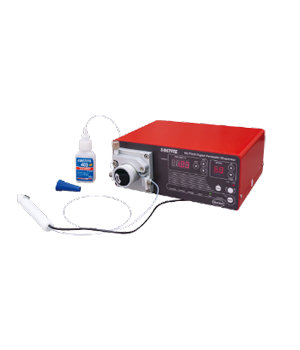
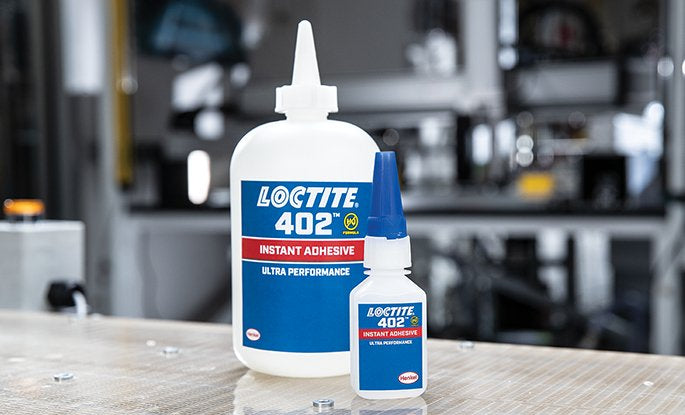
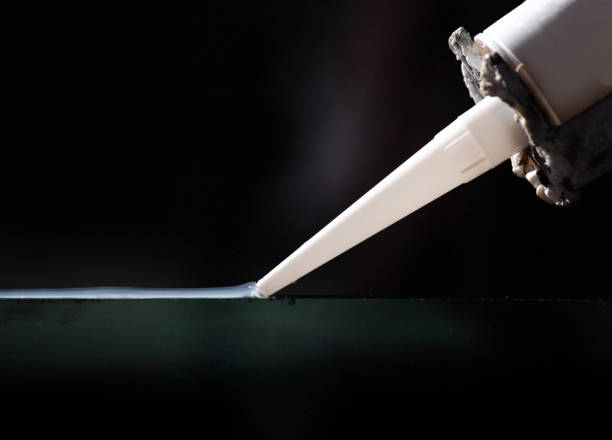
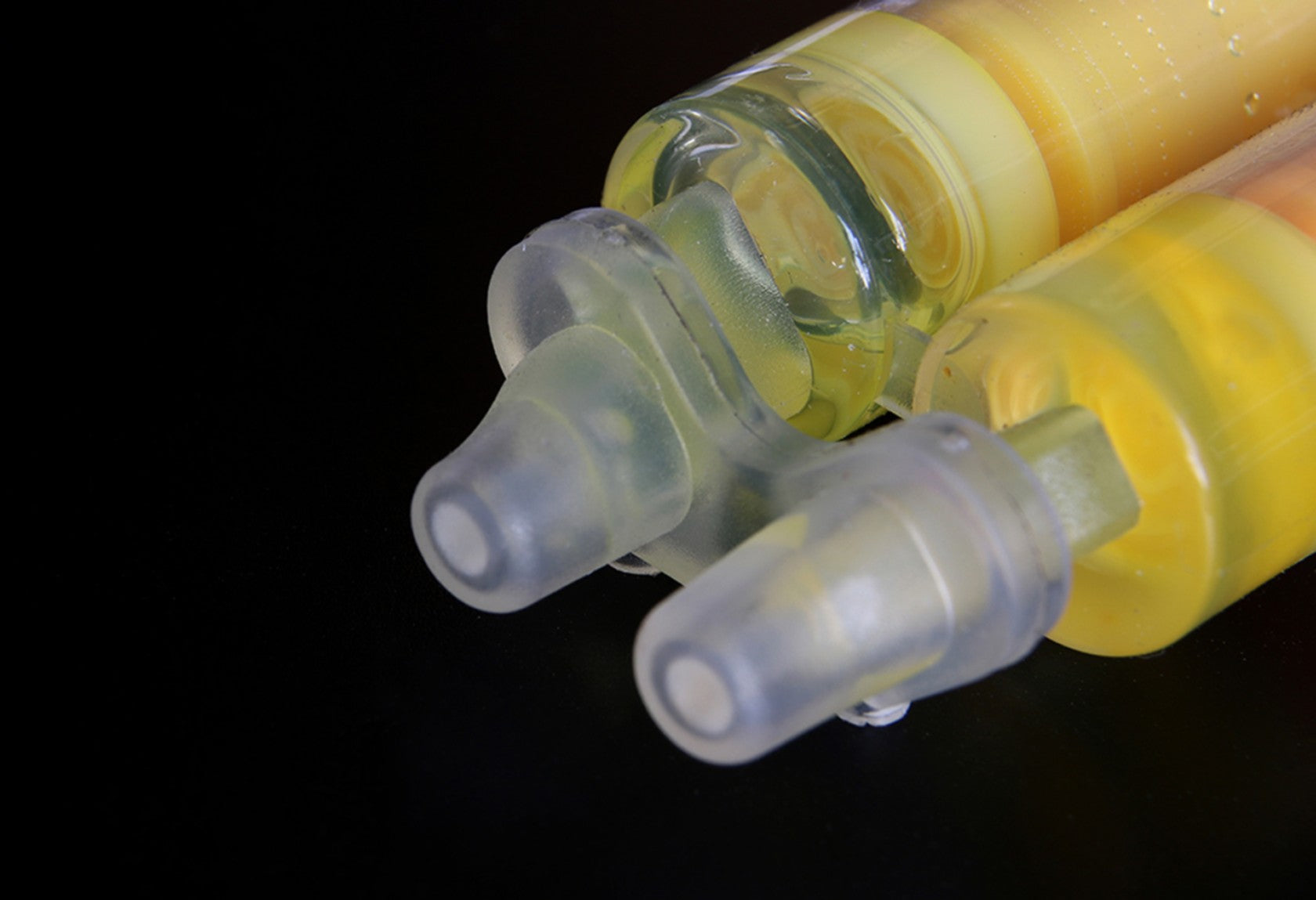
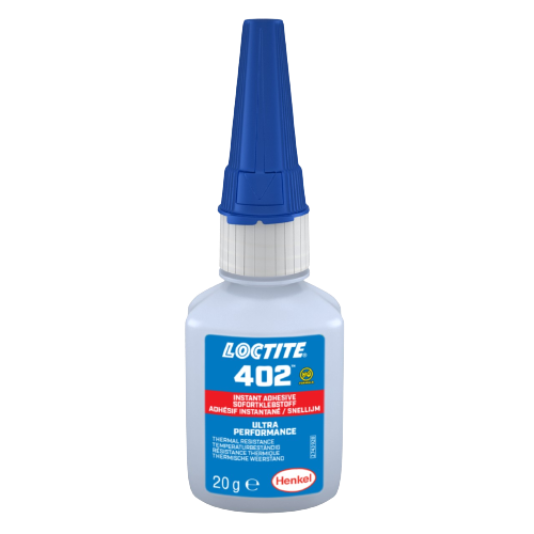
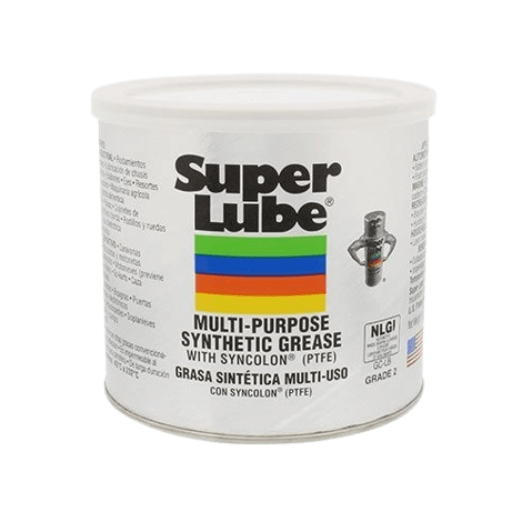
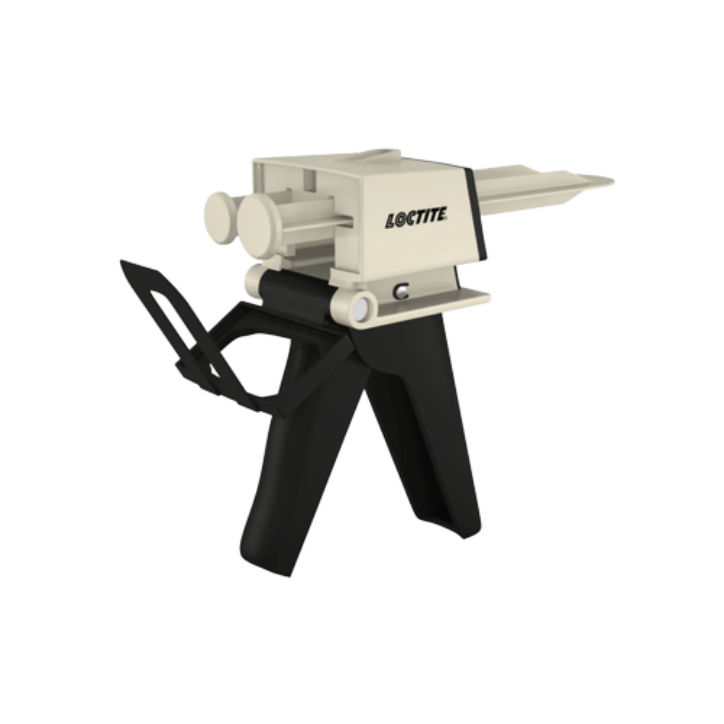
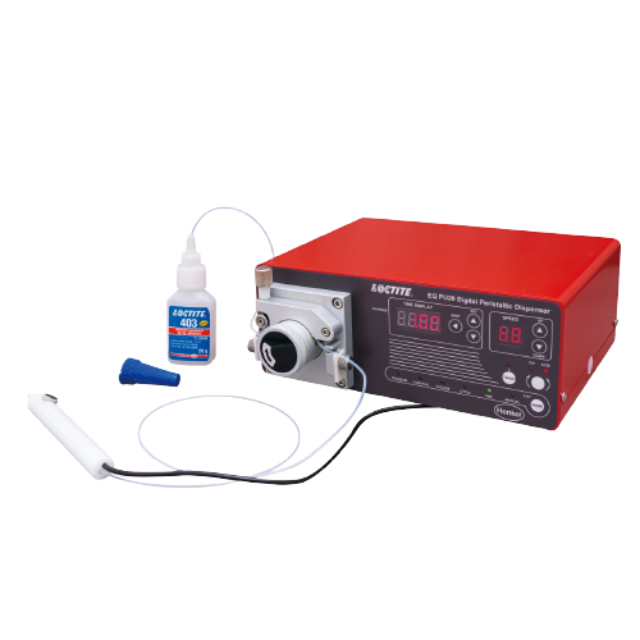
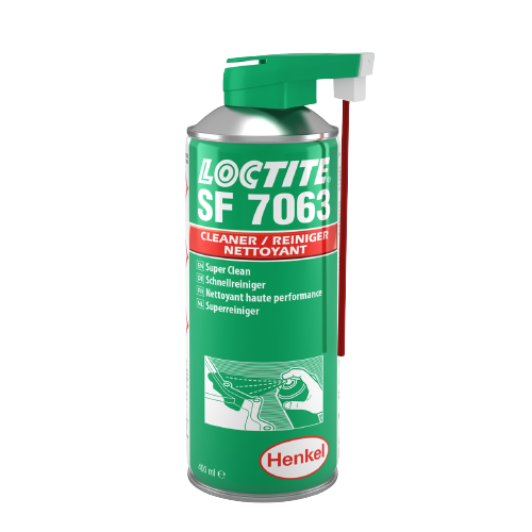
Leave a comment
All comments are moderated before being published.
This site is protected by reCAPTCHA and the Google Privacy Policy and Terms of Service apply.